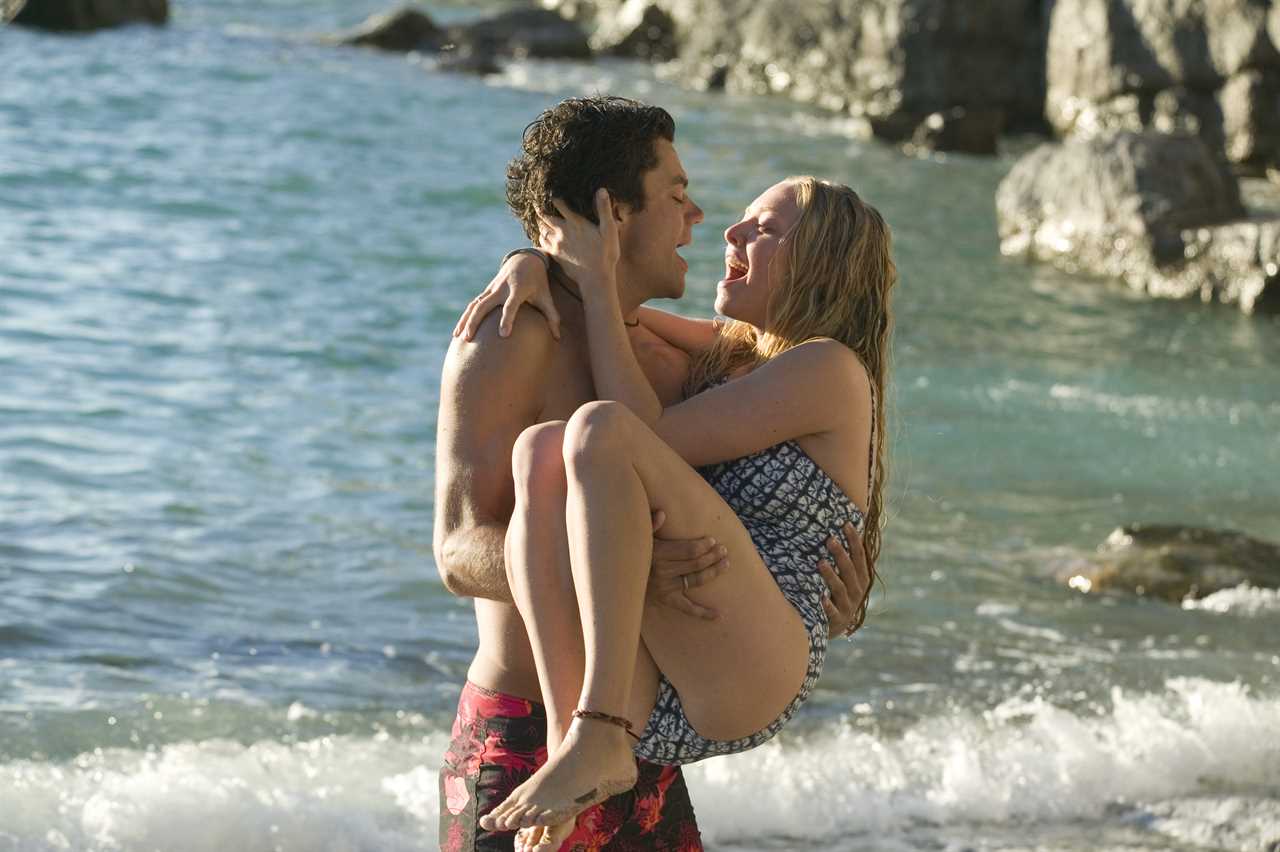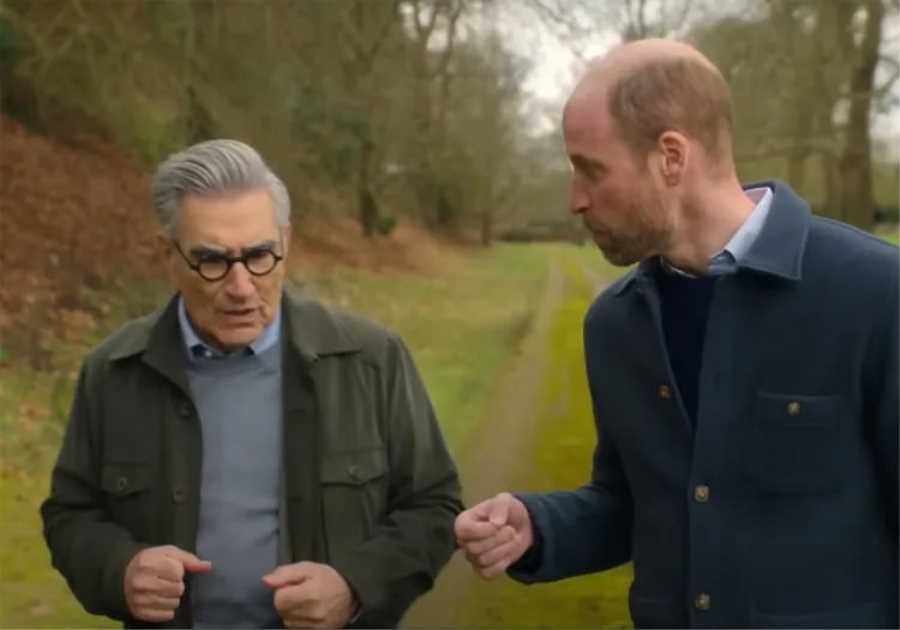MAMMA Mia has been thrilling fans since the first movie hit cinemas back in 2008.
A well as an incredible cast of A-list Hollywood actors, the film’s backdrop also plays a big part in both pictures.

Mamma Mia is set on a Greek island
Where was Mamma Mia filmed?
Skopelos
Mamma Mia is set and filmed in Kalokairi, on Greece’s Skopelos Island.
The film was mainly shot on the idyllic isle, particularly the outdoor scenes.
Ever since the film crew shot there in 2007, Skopelos has been known as “The Mamma Mia Island”.
One of the locations on the island that was used a lot was Glysteri Beach.
This is where Sophie and her three fathers jump off the rocks after their sailing trip.
But Glysteri isn’t the only beach shown in the movie.
Kastani Beach, just 18 km located from Skopelos Town, is a small bay which also featured in the film,
Also on the Island is the Chapel of Agios Ioannis, which is where Sophie’s wedding took place.
Skiathos
Although most of the Mamma Mia filming locations can be found on Skopelos, Skiathos was also used.
Compared to its quiet and calm neighboring island, Skiathos is livelier with a bustling main town and an international airport.
It is a popular holiday destination, with hundreds of thousands of Brits flocking there every year.
Where was Mamma Mia: Here We Go Again filmed?
Vis, Croatia
While the second movie is still set in Skopelos, Mamma Mia: Here We Go Again was shot in Croatia.
For the 2018 sequel, producers moved the filming location to the remote Croatian island of Vis, which sits off the Dalmatian coast in the Adriatic sea.
This time the film follows a young version of Donna, going off on her travels, and meeting three handsome men.
The Jastozera restaurant on Komiza, in the western side of the island, served as the setting for a Greek tavern which is used a lot in the film.
A wooden Jetty was also built in Vrboska beach, which was used as a backdrop for several scenes.
Of all the Croatian islands, Vis is the most mysterious – even to locals, according to the Lonely Planet.
The island was cut off to foreign visitors from the 1950s up until 1989, and it also served as a military base for the Yugoslav National Army so many of the locals fled the area.






